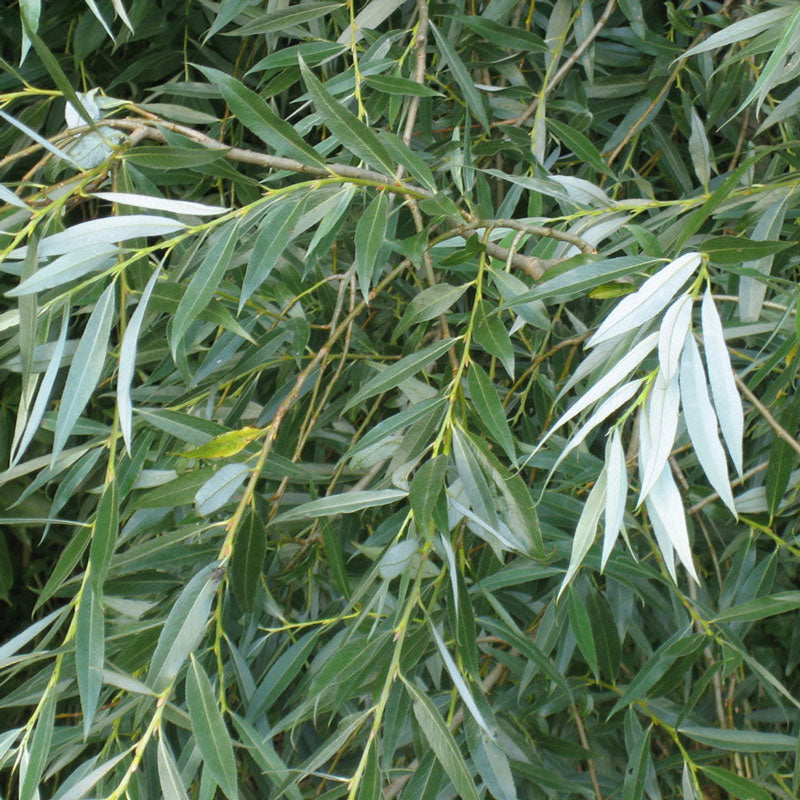

White Willow Bark (Salix alba)
- $14.00 CAD
- $14.00 CAD
- Unit price
- per
50g, 100g, 250g
Couldn't load pickup availability
Parts used: Bark
Properties
Alterative, analgesic, anodyne, anthelmintic, anti-inflammatory, antiperiodic, antiseptic, antispasmodic, astringent, diaphoretic, diuretic, febrifuge
Primary nutrients
Isorhamnetin, phenolic glycosides, quercetin, salicin, salicylic acid, salinigrin
Willow is valued as a nerve sedative because it has no depressing aftereffects. It works in a manner similar to aspirin, but is gentle on the stomach. Traditionally, a bitter drink was made by steeping willow bark and twigs in water. This drink was used for fevers and chills and as a substitute for chinchona bark. Willow bark extract is helpful in cleansing and healing eyes that are inflamed or infected. It has been called one of the essential first-aid plants. It has strong but benign antiseptic properties and is good for infected wounds, ulcerations and eczema. The bark contains the glycoside salicin, which is an effective painkiller. Aspirin is a synthetic derivative of this component. Willow is most often used for minor aches and pains in the body.
Salicylic acid was the natural source of synthetic aspirin. Aspirin and willow share many similar analgesic properties. The activity of salicylates reduces pain by acting on sensory nerves and inhibiting the synthesis of prostaglandins that are involved with inflammation.
Primary Applications
Eczema
Fever
Headache
Nervousness
Pain
Rheumatism
Sex depressant
Ulceration
Secondary Applications
Bleeding
Chills
Corns
Dandruff
Diarrhea
Dysentery
Earache
Flu
Gout
Hay fever
Heartburn
Impotence
Infection
Inflammation
Muscle, sore
Night sweats
Ovarian pain
Tonsillitis
50g, 100g, 250g
RELATED PRODUCTS
- Choosing a selection results in a full page refresh.


